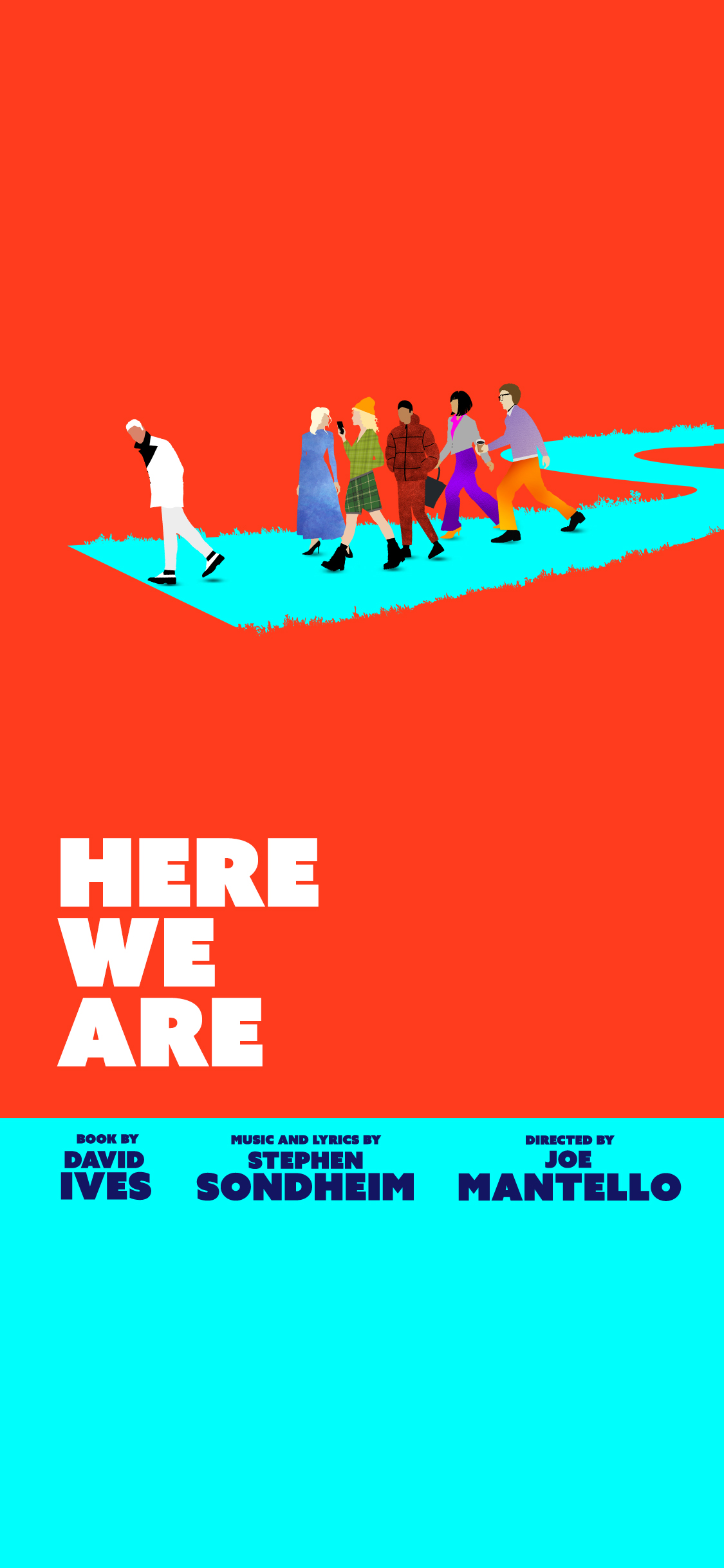Starmania, a musical
Starmania : A presentation
1. Introduction
Overview: Starmania is a French rock opera (or pop musical) created in 1978 by Michel Berger (music) and Luc Plamondon (lyrics). It is one of the most famous French musicals and has had numerous adaptations over the years.
Key Themes:
2. Terrorism and Rebellion: Johnny Rockfort and "Les Étoiles Noires" represent the radical opposition to the system. The musical questions whether violent rebellion is justified when fighting oppression and highlights the dangers of extremism on both sides.
3. Media and Celebrity Culture: Through Cristal, a popular TV host, Starmania critiques how mass media manipulates public opinion, glorifies violence, and shapes political outcomes. The obsession with fame and spectacle is a major theme.
4. Loneliness and the Search for Meaning: Many characters struggle with personal emptiness despite their social roles:
- Stella Spotlight, a former movie star, searches for love and purpose.
- Zéro Janvier’s assistant sings Le Blues du Businessman, expressing regret over sacrificing artistic dreams for financial success.
5. Gender and Identity: The character Ziggy explores themes of gender identity and nonconformity. The musical subtly addresses societal struggles with acceptance and self-discovery.
6. Love and Betrayal: Romantic relationships in Starmania are often tragic or destructive, emphasizing the difficulty of genuine connection in a corrupt world. Cristal falls in love with Johnny, but their love leads to tragedy, while Sadia betrays Johnny for power.
2. The Storyline
Setting: The setting of Starmania is Monopolis, a dystopian, futuristic metropolis dominated by capitalism, mass media, and political unrest. The city is filled with neon lights, skyscrapers, and underground hideouts, reflecting a dark, cyberpunk-like atmosphere.
Key Locations in Monopolis
- The Golden Tower – A luxurious skyscraper where Zéro Janvier, a powerful businessman and presidential candidate, resides. It symbolizes wealth, power, and authoritarian control.
- Underground Café – A small, hidden café where Marie-Jeanne works. It serves as a gathering place for outsiders and ordinary people, contrasting with the city's elite.
- Naziland – A flashy, controversial nightclub that represents excess, decadence, and the entertainment-driven society of Monopolis.
- The Streets of Monopolis – A chaotic environment filled with protests, political propaganda, and violent clashes between Zéro Janvier’s supporters and Johnny Rockfort’s anarchist group, "Les Étoiles Noires."
Plot Summary:
First version (1979): Set in a dystopian future, Starmania takes place in "Monopolis," a totalitarian city, capital of the "Occident" which is now unified in an only state. However, the city is preocupied by a terrorist group called "Etoiles Noires". The leader is Johny Rockfort who is influenced by Sadia, a student from high-society and a travesti. We are also being put inside the Undeground Café where a waitress, Marie-Jeanne, listens to the news from Roger Roger on the chain Télé-Capitale.
The story follows several intertwined characters, including:
- Cristal, a TV host who falls in love with Johnny and joins the rebels.
- Stella Spotlight, a fading movie star seeking meaning in her life.
- Marie-Jeanne, a waitress at the Underground Café, observing the chaos around her.
- Sadia, Johnny’s manipulative right-hand woman, who later betrays him.
3. Musical Elements
Score and Style: The score of Starmania is a fusion of rock, pop, disco, and symphonic elements, reflecting the futuristic, dystopian atmosphere of the story. Michel Berger's compositions blend powerful ballads with energetic rock anthems, making the musical both emotionally intense and rhythmically dynamic.
- Rock Opera Influence – Inspired by musicals like Jesus Christ Superstar, Starmania features a sung-through format with minimal dialogue, relying on music to tell the story.
- Disco and Pop Sounds – Songs like Quand on arrive en ville and Besoin d’amour have strong disco beats, reflecting the late 1970s musical landscape.
- Orchestral and Synth Arrangements – The score includes lush orchestrations combined with synthesizers, creating a dramatic and futuristic feel.
- Emotional Power Ballads – Songs like Le monde est stone and SOS d’un terrien en détresse are deeply melancholic, showcasing the vulnerability of the characters.
- Dynamic Group Numbers – Large ensemble pieces like Quand on arrive en ville feature bold, energetic movements that reflect the rebellious spirit of Johnny Rockfort’s gang.
- Mechanical and Stylized Gestures – Some productions use robotic or synchronized movements to enhance the dystopian, futuristic setting, especially in scenes involving media and politics.
- Emotional Solos – Ballads like Le Monde est stone or SOS d’un terrien en détresse often feature minimalistic movement, relying on the performer's presence and expression rather than complex choreography.
- Disco and Pop Influences – Given the musical’s 1970s origins, some numbers incorporate disco-inspired dance moves, particularly in scenes set in Naziland, the flashy nightclub of Monopolis.
- Original 1979 Version – Featured more theatrical staging than heavy choreography, focusing on the rock opera aesthetic.
- 1988 Revival (Canada, France) – Introduced more jazz and contemporary dance, choreographed by Louise Lecavalier and Édouard Lock (of La La La Human Steps).
- Recent 2022 Revival – Choreographed by Sidi Larbi Cherkaoui, this version incorporates fluid contemporary dance, urban influences, and highly visual staging to enhance the sci-fi aesthetic.


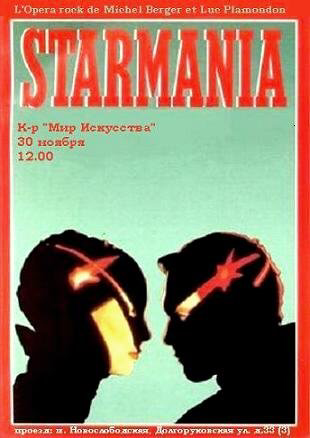








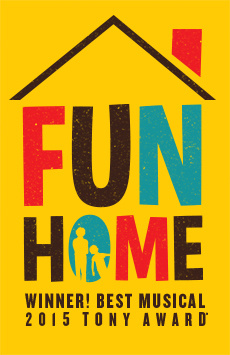




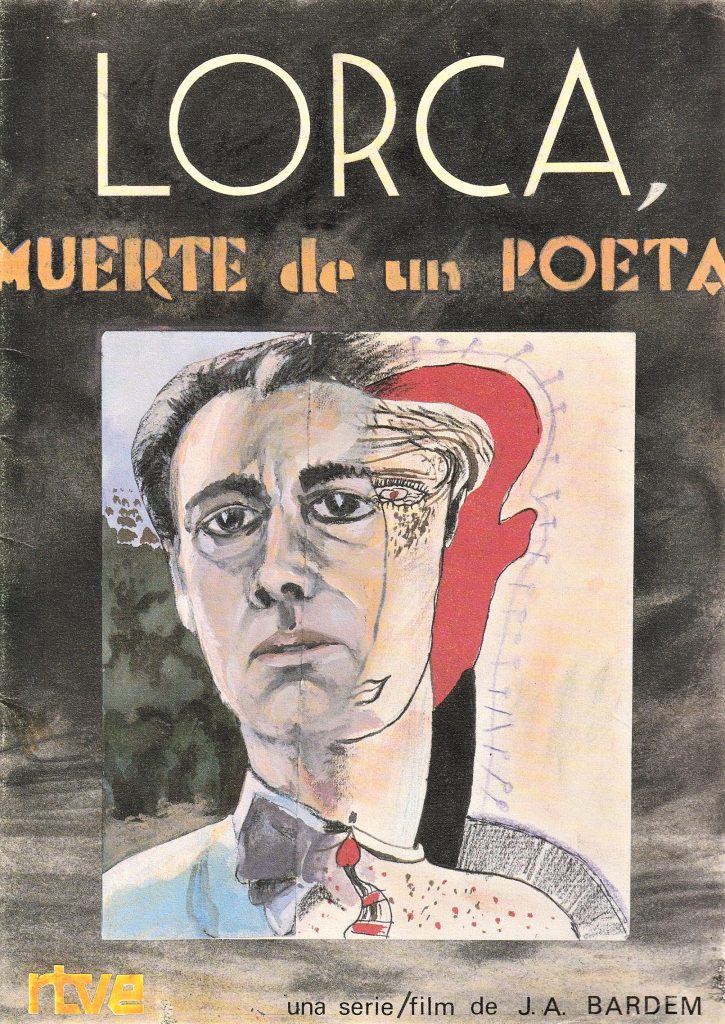
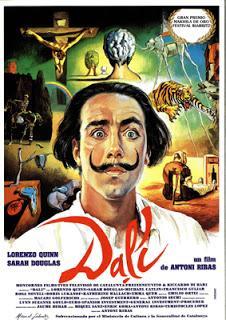
.jpg)




